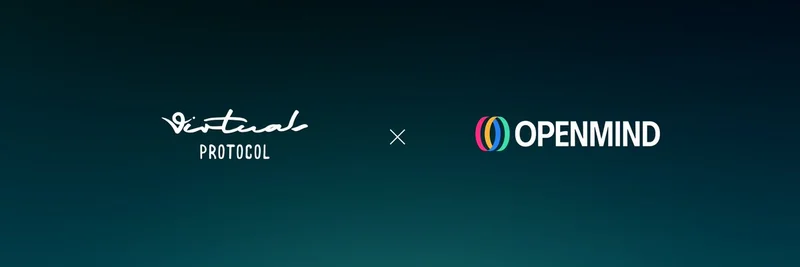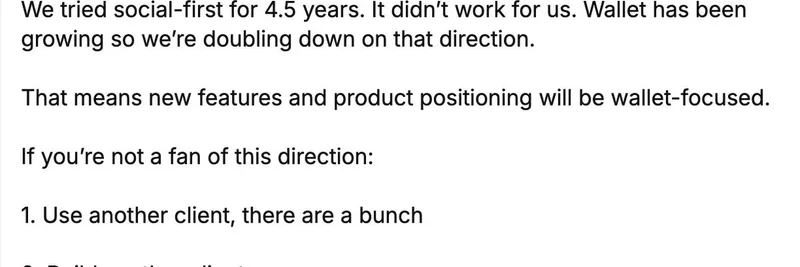Hey there, crypto enthusiasts! If you're keeping an eye on the latest developments in the blockchain world, you might have caught a recent tweet from BSCNews breaking down InterLink's tokenomics. It's all about their dual-token setup with $ITL and $ITLG, and it got us at Meme Insider thinking— this could be a game-changer for how we think about user-driven networks, even in the meme token space where community is king. Let's unpack this in a way that's easy to follow, no PhD in blockchain required.
What Makes InterLink's Tokenomics Stand Out?
InterLink isn't your run-of-the-mill project; it's built around a "human-centric" network. That means it focuses on real people—verified users—rather than just bots or big wallets. Back in mid-June 2025, they dropped an updated whitepaper that introduced this dual-token model. Why two tokens? Well, it separates the serious investment side from the everyday utility, making the whole system more balanced and potentially compliant with regs like those from the SEC.
Think of it like this: $ITL is the "store of value" guy, similar to Bitcoin, while $ITLG is the "get things done" token, kinda like Ethereum's gas for operations. This setup aims to onboard a whopping 1 billion verified users, distributing tokens based on proof of personhood—one person, one node, one shot at rewards. No more rewarding just the early birds with fancy mining rigs; it's all about genuine human participation.
Breaking Down $ITL: The Strategic Reserve Token
Let's start with $ITL. This token has a fixed supply of 10 billion, which keeps things scarce and valuable. Half of it (5 billion) is set aside for holders of $ITLG, and the other half goes toward institutional growth and keeping the ecosystem stable. Managed by the InterLink Foundation, $ITL is perfect for staking. By staking, partners, platforms, and even big players like venture capital firms get access to the "Human Layer"—that's the network of verified users.
In simple terms, if you're an institution or a protocol builder, $ITL is your ticket to tapping into a trusted pool of real humans. It's designed for long-term holding, emphasizing credibility and stability over quick flips.
$ITLG: The Utility Powerhouse for Everyday Users
Now, onto $ITLG, which boasts a much larger supply of 100 billion tokens. Eighty percent of this is reserved for "Human Node miners"—that's you and me, verified users who earn tokens by doing stuff like getting verified or referring friends. The remaining 20% fuels incentives to keep the network buzzing.
What can you do with $ITLG? Plenty! It's your key to governance through DAO voting, where you get a say in the project's direction. You also snag early access to launchpads for new projects, and it works as payment in the network's mini-apps, like games or services. Plus, holding $ITLG lets you earn $ITL alongside it, sweetening the deal. Once the full supply is mined, holders vote on whether to keep it capped or expand for more growth.
How Mining Works: Accessible and Bot-Proof
Mining on InterLink is refreshingly simple, especially in the early days, to encourage everyone to jump in. You become a Human Node by verifying your identity—think facial scan or something similar—to prove you're not a bot. Rewards come from activities like verification and referrals, with a dynamic system that balances perks for early adopters and newcomers alike.
To keep things fair, there's a token locking mechanism with vesting schedules. This means not all your mined tokens hit the market at once, helping maintain price stability. The whole setup is geared toward sustainability, controlling inflation through verification and calibrated rewards.
Real-World Impact: Beyond Just Crypto
This isn't just theoretical—InterLink's model has some cool real-world apps, especially for folks underserved by traditional finance. With over 1.4 billion unbanked adults worldwide (shoutout to World Bank data), $ITLG could enable peer-to-peer payments using just a smartphone. Imagine NGOs sending aid directly to verified people in disaster areas, cutting out fraud and middlemen.
It could also power micro-grants for health or education via orgs like WHO or UNICEF. Even tech giants like Google might use it to pay users for data, like AI training material, in an ethical way. In the meme token world, where virality meets utility, this human-focus could inspire more projects to prioritize real community over hype.
Wrapping It Up: Is InterLink the Future of User-Driven Crypto?
InterLink's dual-token model is a smart blend of security and utility, aiming to create a truly decentralized, human-powered economy. Whether you're into meme tokens for the laughs or serious blockchain for the tech, there's a lot here to learn from. Success will depend on adoption, regs, and how well the mining and governance play out, but the vision of 1 billion users is ambitious and exciting.
If this piques your interest, check out the full details in the original BSCNews article or follow @inter_link for updates. What's your take—could this model catch on in the meme space? Drop your thoughts below!


